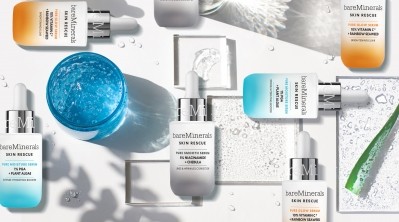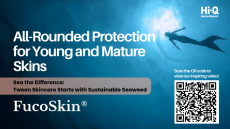New EU REACH updates further restrict use of silicones in cosmetics

The European Union’s Registration, Evaluation, Authorisation and Restriction of Chemicals (REACH) regulations have been amended to further restrict the use of cyclic silicones in cosmetics formulations.
According to the new regulation, as of 6 June 2027, the use of decamethylcyclopentasiloxane (D5), and dodecamethylcyclohexasiloxane (D6) in concentrations over 0.1% will be prohibited in all wash-off and leave-on cosmetics products that are sold in the EU markets.
This is in addition to the complete ban the use of octamethylcyclotetrasiloxane (D4) that has been previously issued, as well as the previous restrictions on the use of D5 with a concentration of more than 0.1% in rinse-off cosmetics.
Why is D5 and D6 banned in the EU?
The move is part of the EU’s effort to lower the risk of long-term environmental and health impacts of these substances.
According to the European Chemicals Agency (ECHA), the use of these silicones are a serious health hazard and an environmental risk.
The ban follows many years of scientific assessments and regulatory actions to address these risks and the ECHA’s Risk Assessment Committee (RAC) have identified cosmetic products as the main source releasing these substances into the environment.
What should cosmetics manufacturers do now?
The European Commission is now allowing a three-year transition period for the new restrictions, to attempt to limit the emissions quickly, while allowing the cosmetics industry time to comply with the new requirements.
All brand owners that have formulated with silicones should now check whether their cosmetics products contain D5 or D6 and assess whether these meet the new concentration limits of 0.1%.
If not, the products will need to be reformulated and retested before renotifying the CPNP and removing all non-compliant products from the EU market before 6 June 2027.



















